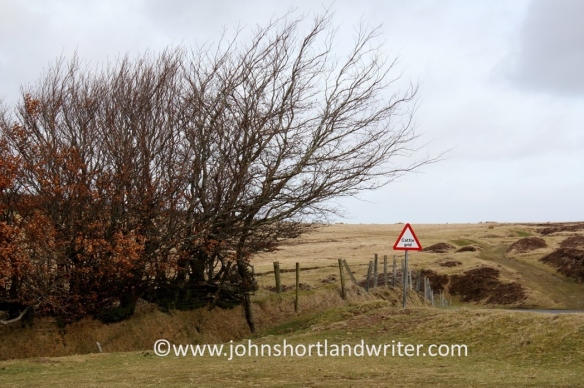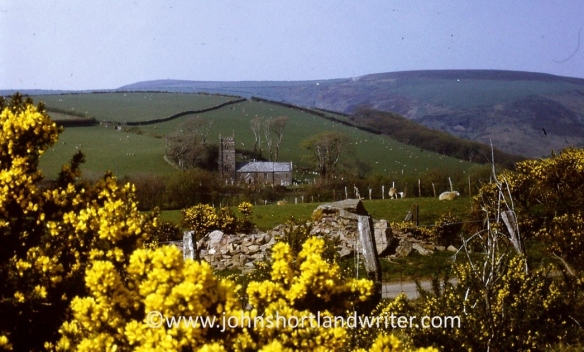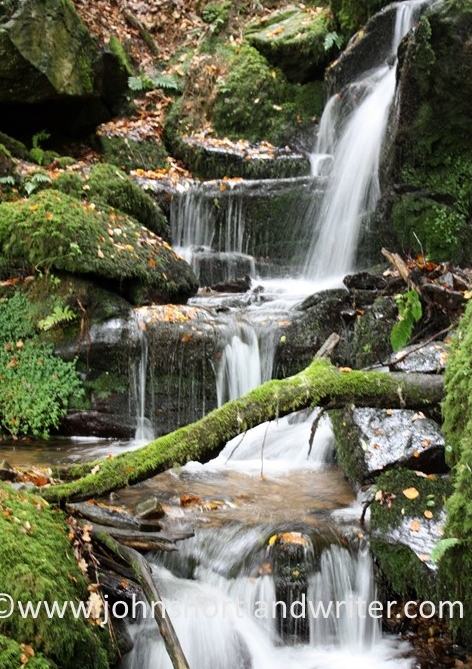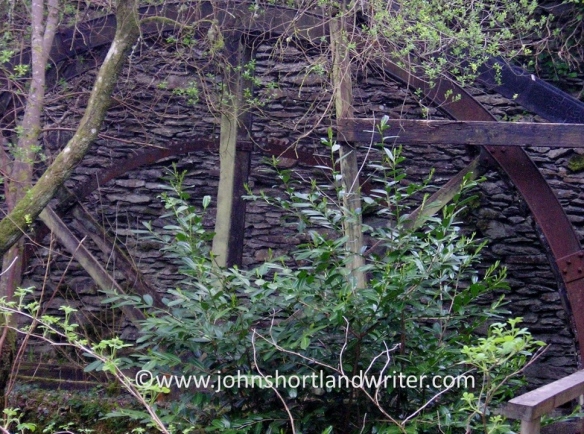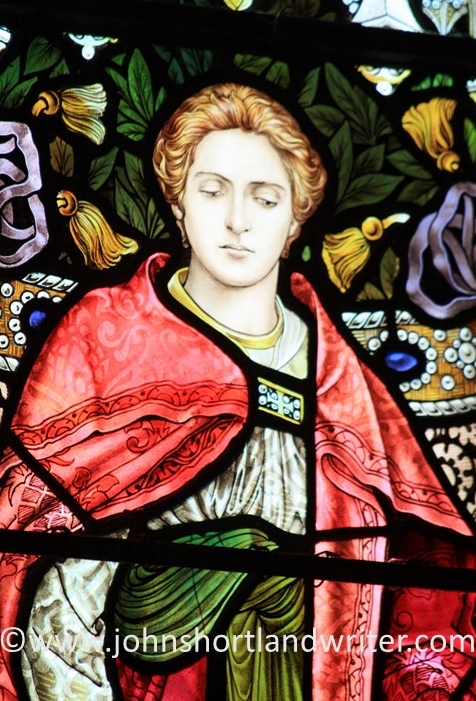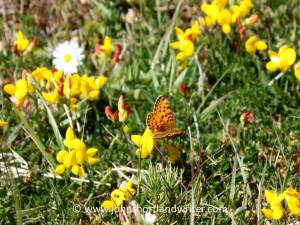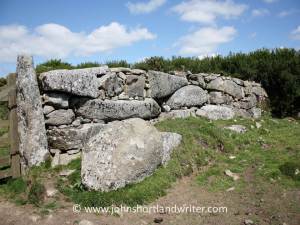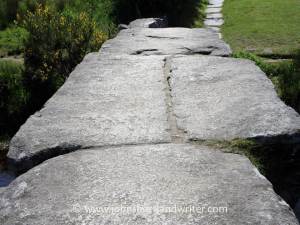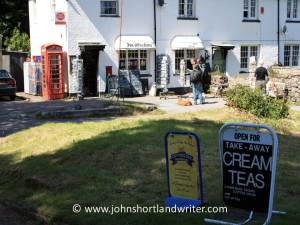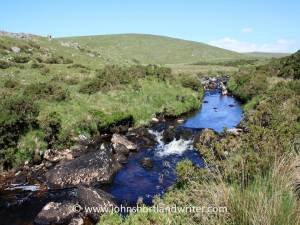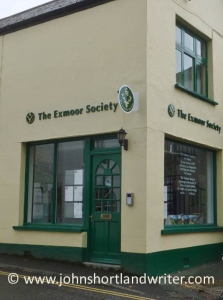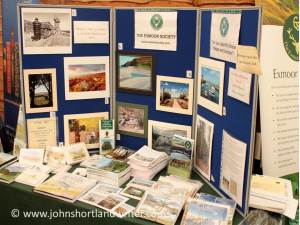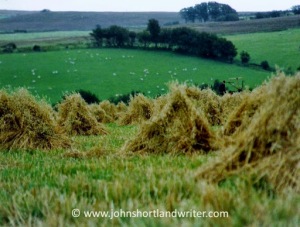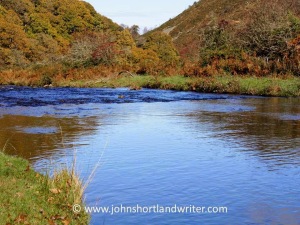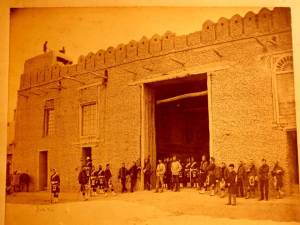There used to be a standing joke between my mother and I that I must have been conceived on Exmoor as it has such a magnetic hold on me. My parents had honeymooned there, staying at Ye Olde Cottage Inne at Barbrook in the mid-1940s – the fact that I was born in the early 50s and had an older sibling we conveniently overlooked.

Wedding Day
When I first came across Exmoor, in the summer of ‘68, I thought I had stumbled into a paradise, if not unknown to others, certainly unknown to members of my family. “Stumbled” is an accurate description. My intention had been to cycle further west into Cornwall before returning south to Exeter for the train journey home. Poor map reading skills took me instead to the North Devon Coast at Westward Ho!. During my final term at school we had studied the novel Lorna Doone and now seeing Doone Valley, Exmoor marked on the map it seemed logical to visit despite it being way off to the east.

Badgworthy Water, Doone Valley
Brought up in the Chiltern Hills, I was used to a hidden landscape of narrow lanes, high beech hedges and dense and extensive beech woodlands. Rarely, was there an unbroken view of far-distant places and, almost as rarely, large expanses of sky and cloud. Cycling across Exmoor with its open, rolling landscape ablaze with heather and gorse and views across the sea to the Welsh coast was unlike anything I’d ever experienced. Sometimes the lanes would pass between high banked hedgerows or descend into well-wooded coombes reminding me of home. I came across a farm where I pitched my tent intending to stay two days before leaving for Exeter.

A Chiltern lane winds its way through dense woodland

The open views of Exmoor
Helping on the farm, two days turned into weeks and then into months by which time I had moved into the farmhouse and embraced Exmoor life. I occasionally telephoned my parents, or sent a postcard, always being evasive about where I was staying and only telling them I was working on a farm and being well cared for. With the benefit of maturity, I sometimes wonder how they coped with their sixteen-year old son, on his first lone holiday, disappearing for so long in an era of no mobile phones or credit cards for them to track my progress. They only succeeded in finding me after I foolishly reversed the telephone call charge and soon after arrived on the doorstep to drag me away, kicking and screaming. It was time to get “a proper job” but Exmoor and the farm had completely changed my outlook on life as well as the direction it would ultimately take. After twenty years of “a proper job” I finally escaped to agricultural college and a life of outdoor work.
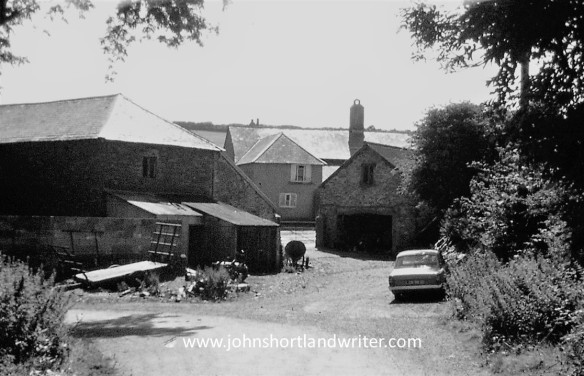
Brendon Barton 1968

At agricultural college 1994
I had been surprised and a little disappointed when I first discovered my parents also knew Exmoor. Despite not having been conceived there, my attachment to Exmoor has never waivered and more than fifty years later I regularly return. Upon entering the moor the same emotion of discovery, as if seeing it for the first time, remains. Many of the old friends that I made in those early years and their unique way of life that I was privileged to be part of, albeit in a small way, have gone but the landscape remains remarkably unchanged. The heather and gorse are still a carpet of purple and gold, the sea (at least, on a fine, sunny day) still blue.

Countisbury Common, where the moor falls into the sea
Very recently, through researching my family history, I have found that an earlier cousin, at a similar age to myself, had also discovered Exmoor. He too had never settled in school and life on Exmoor changed him. He also chose to write about his time on the moor, something else we have in common. Although I was surprised to learn of his life and his book, this time I am delighted!

Postscript. Just a few years before she died at the age of 93, I spent a few days on Exmoor with my mother and took her to revisit the honeymoon hotel. Long widowed, the day must have been a mix of emotions.

At Ye Olde Cottage Inne, renamed The Bridge Inn













